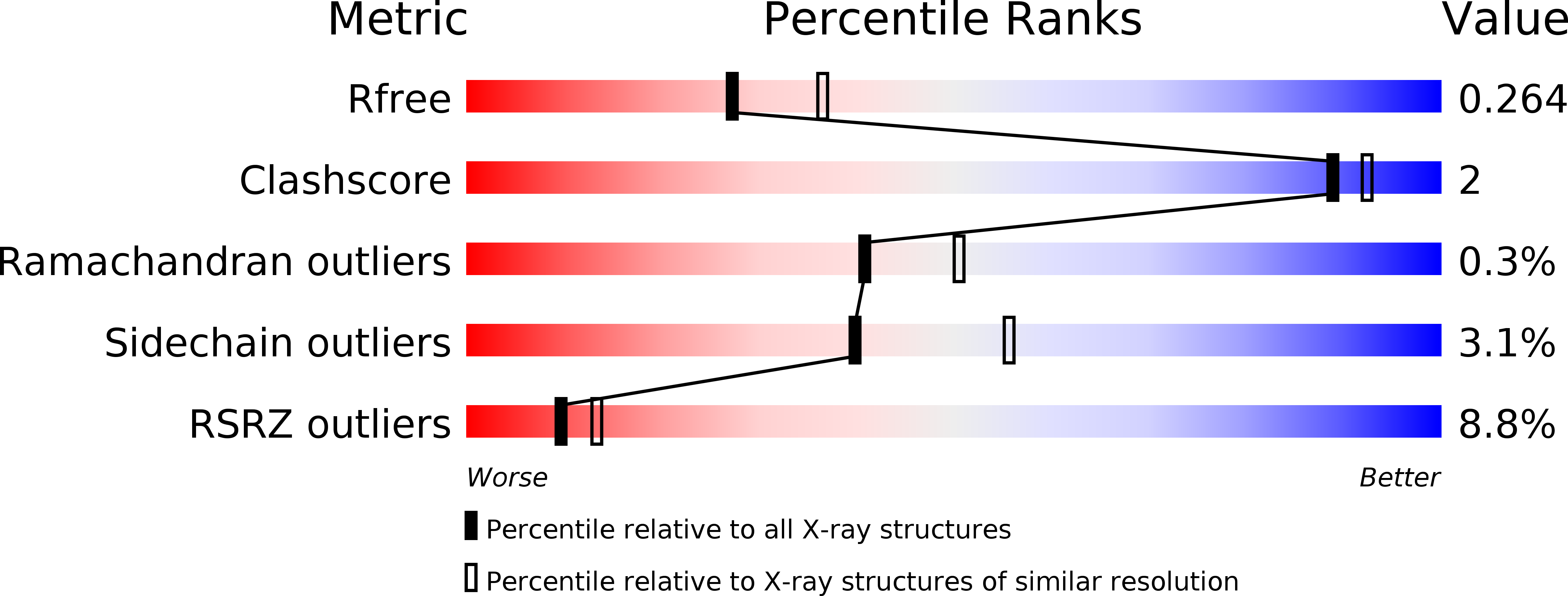
Deposition Date
2017-07-28
Release Date
2017-08-23
Last Version Date
2023-10-04
Entry Detail
PDB ID:
5WME
Keywords:
Title:
Crystal Structure of Amino Acids 1729-1786 of Human Beta Cardiac Myosin Fused to Gp7 as Anti-Parallel Four-Helix Bundle
Biological Source:
Source Organism:
Bacillus phage phi29 (Taxon ID: 10756)
Homo sapiens (Taxon ID: 9606)
Homo sapiens (Taxon ID: 9606)
Host Organism:
Method Details:
Experimental Method:
Resolution:
2.30 Å
R-Value Free:
0.26
R-Value Work:
0.22
R-Value Observed:
0.22
Space Group:
P 1 21 1


